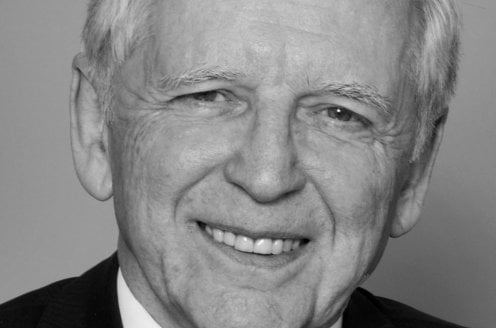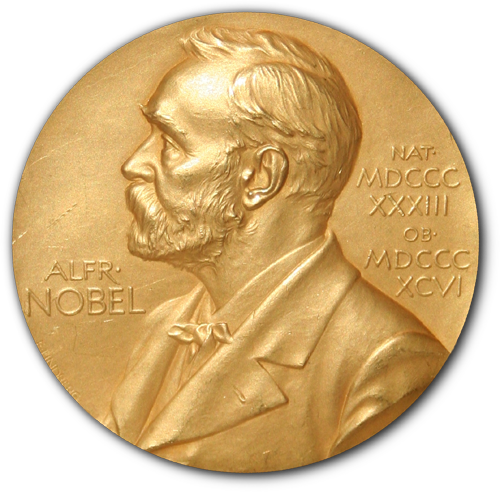Sir Ronald Ross
Nobel Prize in Physiology or Medicine 1908
The Nobel Prize in Physiology or Medicine 1902 was awarded to Sir Ronald Ross for his work on the transmission of malaria.
The research work of Sir Ronald Ross helped:
- establish the link between mosquitoes and malaria transmission, which allowed to develop prevention measures like mosquito control or insecticide use;
- identify potential targets for treatment and prevention, which lead to the development of antimalarial drugs;
- raise awareness of the disease and its impact, leading to increased funding and research in the field.
As a result of Ross's work and subsequent research on this subject, the incidence and mortality rates due to malaria reduced significantly in many parts of the world, even though the disease remains a major public health challenge, notably in developing countries.
References :
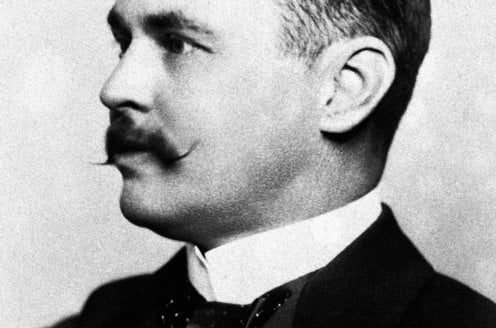
Sir Alexander Fleming, Ernst Chain, and Sir Howard Florey
The Nobel Prize in Physiology or Medicine 1945
The Nobel Prize in Physiology or Medicine 1945 was awarded to Sir Alexander Fleming, Ernst Chain, and Sir Howard Florey for their discovery of penicillin and its potential as a cure for bacterial infections, which revolutionized the field of medicine and saved countless lives. Indirectly, penicillin also paved the way for the development of other antibiotics and other medical advances.
Relatively safe and well-tolerated with few serious side effects, penicillin helped:
- treat bacterial infections such as pneumonia, sepsis, or meningitis, hereby reducing mortality due to these infections;
- treat infections like bacterial endocarditis or syphilis which were difficult or impossible to treat previously;
- reduce the need for more invasive or potentially dangerous treatments like surgery or other antibiotics.
References :
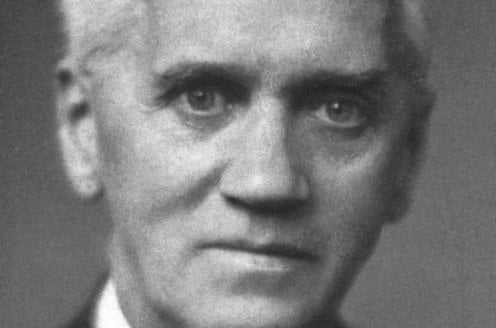
Paul Müller, for the discovery of the insecticidal properties of DDT
Nobel Prize in Physiology or Medicine 1948
The Nobel Prize in Physiology or Medicine 1948 was awarded to Paul Müller for his discovery of the insecticidal properties of DDT.
This discovery led to the widespread use of DDT as a pesticide, which helped to control the spread of insect-borne diseases such as malaria and typhus.
DDT (dichlorodiphenyltrichloroethane) is a relatively inexpensive and easy to produce synthetic insecticide. It has been widely used since the second half of the 20th century to control the spread of insect-borne diseases such as malaria and typhus. DDT has helped:
- to eliminate insect-borne diseases such as malaria, typhus, and yellow fever, thereby saving millions of lives;
- to control the spread of insect-borne diseases without causing significant harm to humans, making it a safer alternative to many other insecticides.
- to increase crop yields, thereby helping improve food security and reduce malnutrition in the world;
Negative consequences of DDT include its potential to harm non-target species as well as the development of resistance to the insecticide by some insect populations.
Nowadays, DDT is highly regulated and only used in limited circumstances when other control measures are not effective.
References :
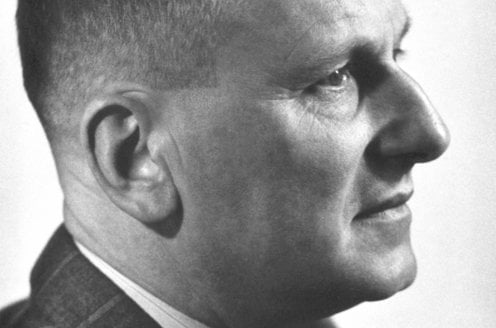
Sir Peter Medawar, for work on transplantation immunity
Nobel Prize in Physiology or Medicine 1964
The Nobel Prize in Physiology or Medicine 1964 was awarded to Sir Peter Medawar for his work on transplantation immunity.
His research helped to understand the immune system's rejection of transplanted tissues and organs, leading to the development of effective immunosuppressive drugs that are used in organ transplantation.
References :
- Billingham, R. E., Brent, L., & Medawar, P. B. (1953). ‘Actively acquired tolerance’of foreign cells. Nature, 172(4379), 603-606.
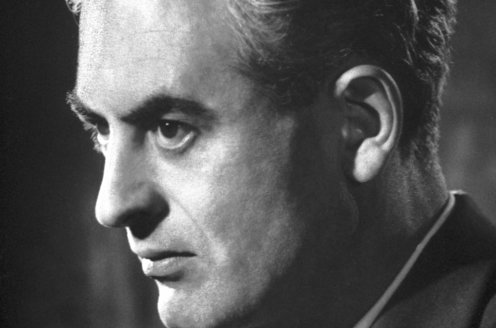
Harald zur Hausenm, for his discovery of the Human Papilloma Virus (HPV)
Nobel Prize in Physiology or Medicine 2008
The Nobel Prize in Physiology or Medicine 2008 was awarded to Harald zur Hausen for his discovery of the human papillomavirus (HPV) as the cause of cervical cancer.
This discovery led to the development of HPV vaccines, which have the potential to prevent many cases of cervical cancer.
References :
- Harald zur Hausen. "Human papillomavirus infections: a major cause of human cancer." Journal of the National Cancer Institute 90.4 (1998): 690-698.
